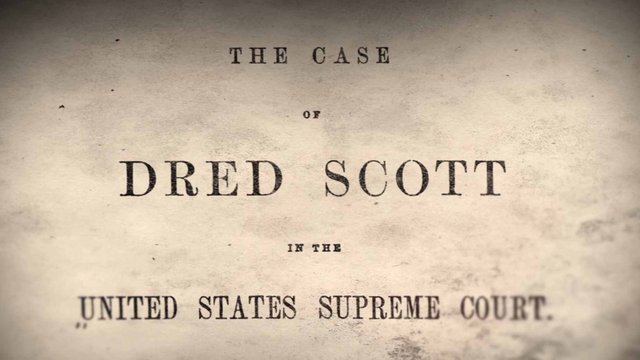This Day In History: March 6
March 10, 2017
On this day, the Dred Scott v. Sandford issue was resolved in the Supreme Court in 1857.
This decision reflected upon the ticking time bomb of the slavery issue in the antebellum period of American history. Northerners, generally, were abolitionists, or advocates for the removal of slavery in the United States, while southerners, generally, wanted to keep slavery as to preserve their culture, economic prospects, social standings, and way of life. Tensions rose along with sectionalism, as statesmen Henry Clay of Kentucky, Daniel Webster of Massachusetts, and John C. Calhoun of South Carolina were in constant debate to resolve the issues.
Clay, known as the Great Compromiser, drafted the Compromise of 1850. This compromise, a package of five bills, was meant to ease tensions between the North and the South. The compromise entailed a more strict Fugitive Slave Law, known as the Bloodhound Bill, which pleased the South, while new states created from the territory gained from the Mexicans during the Mexican-American War would be allowed to decide through popular sovereignty if they would be a free state or a slave state. Popular sovereignty is the political ideology that an entity, in this case a state, would hold a vote and the people would make the decision for their state.
The Dred Scott case began when Scott, a slave, was taken to his owner’s property in a free state, which he argued made him a free man. The Supreme Court was stacked against abolition. Chief Justice Roger B. Taney wrote the majority decision, stating that blacks were not considered United States citizens when the Constitution was drafted in 1787. Instead, Scott was considered property and whatever Scott’s owner did with him was legal because he was nothing more than an object.
This decision angered many, driving the nation further into the dangerous ideas of sectionalism and discontent among fellow countrymen. This case, along with many other examples was one of the reasons why the slave issue could not be ultimately resolved without bloodshed; and that bloodshed would later be known as the American Civil War.


